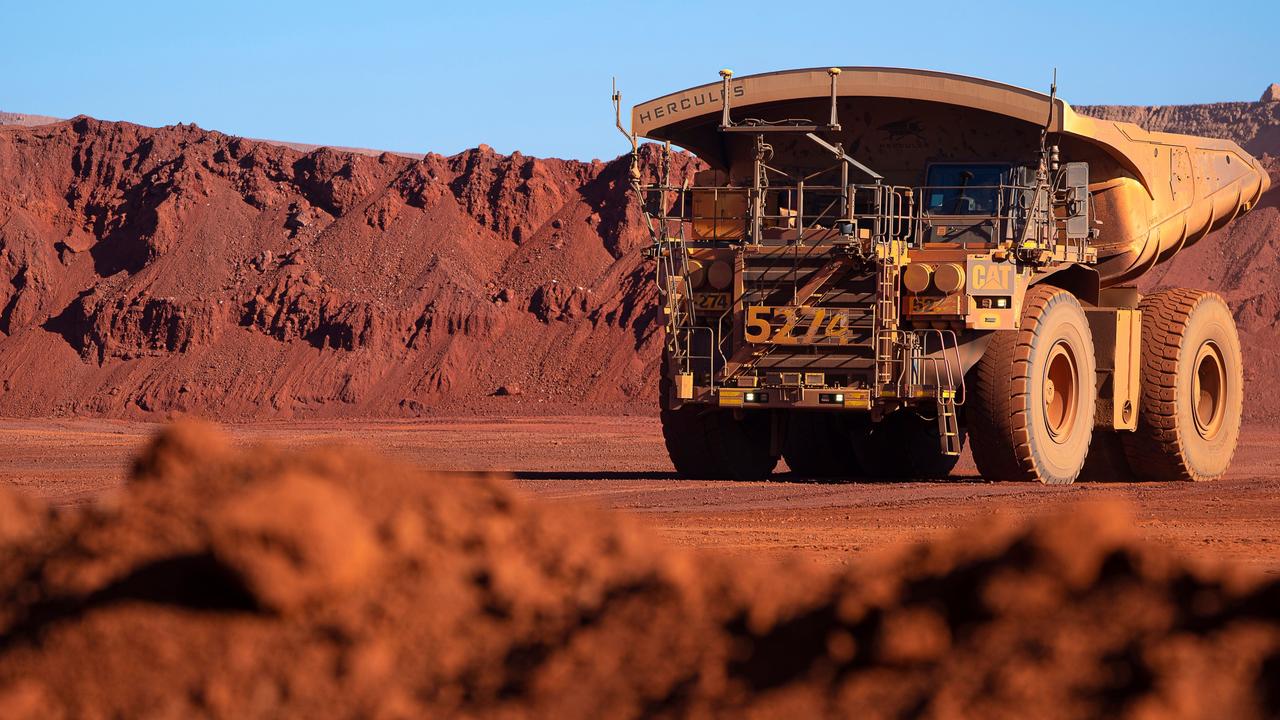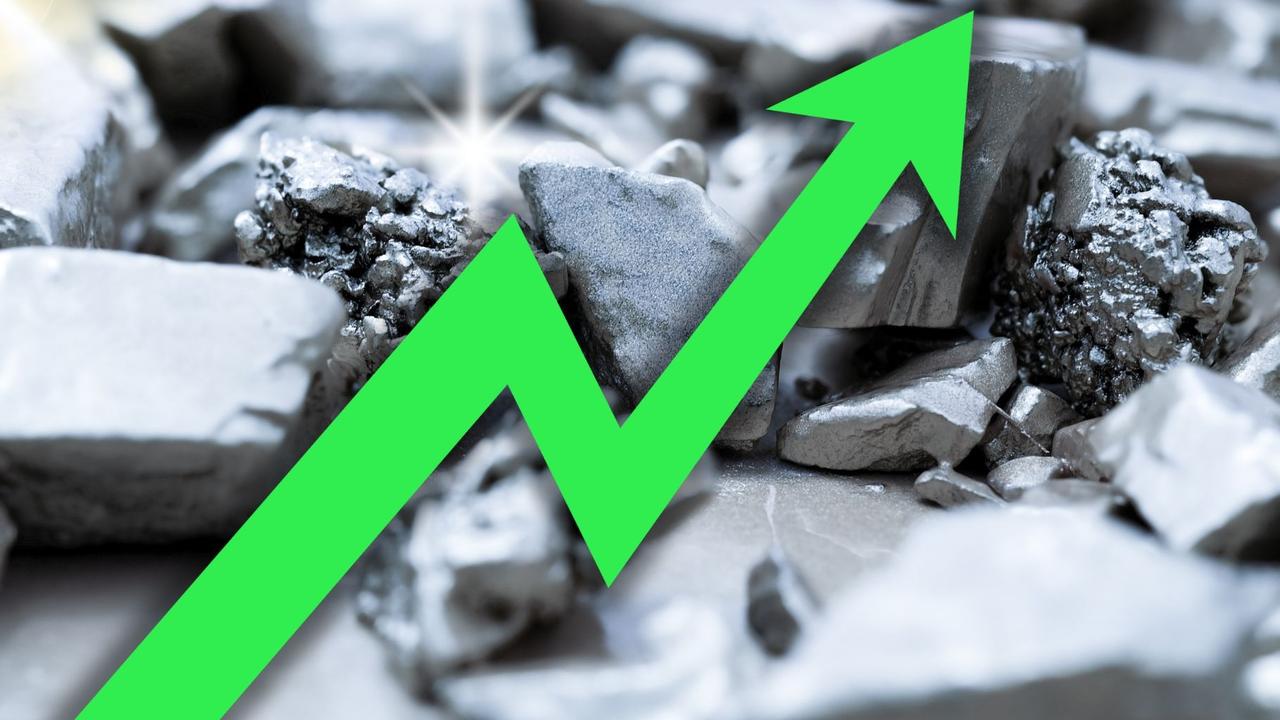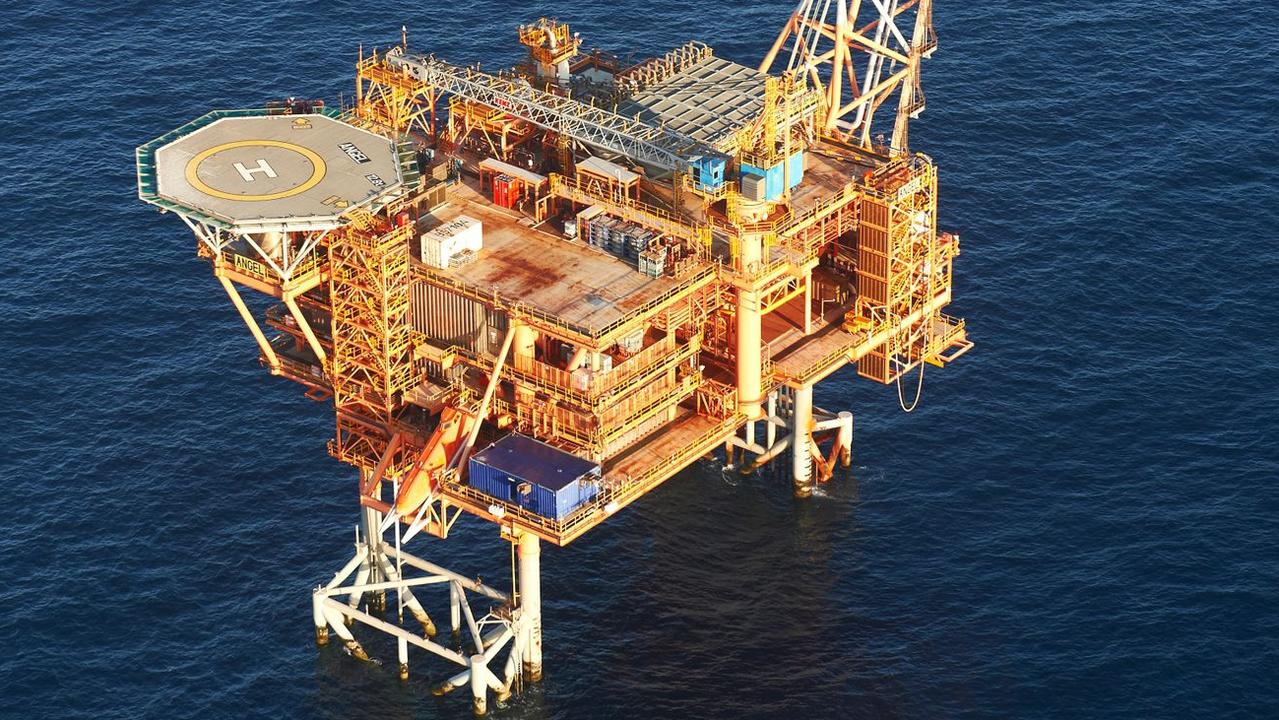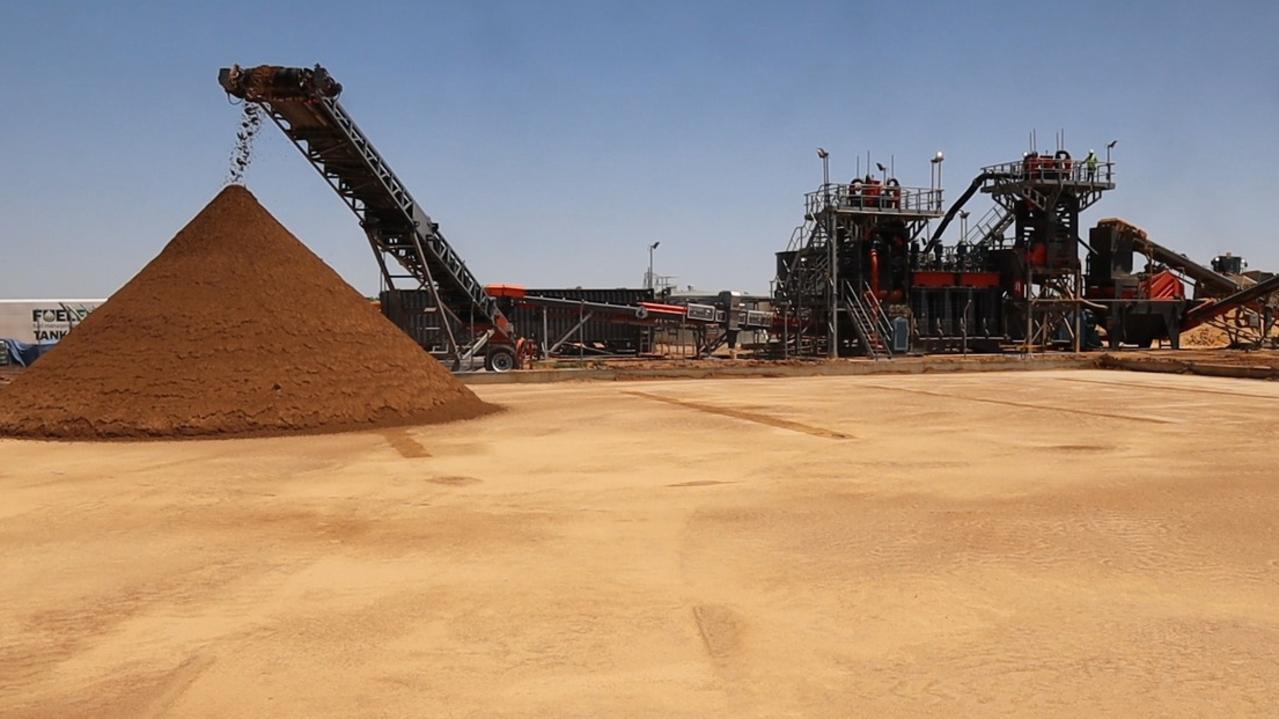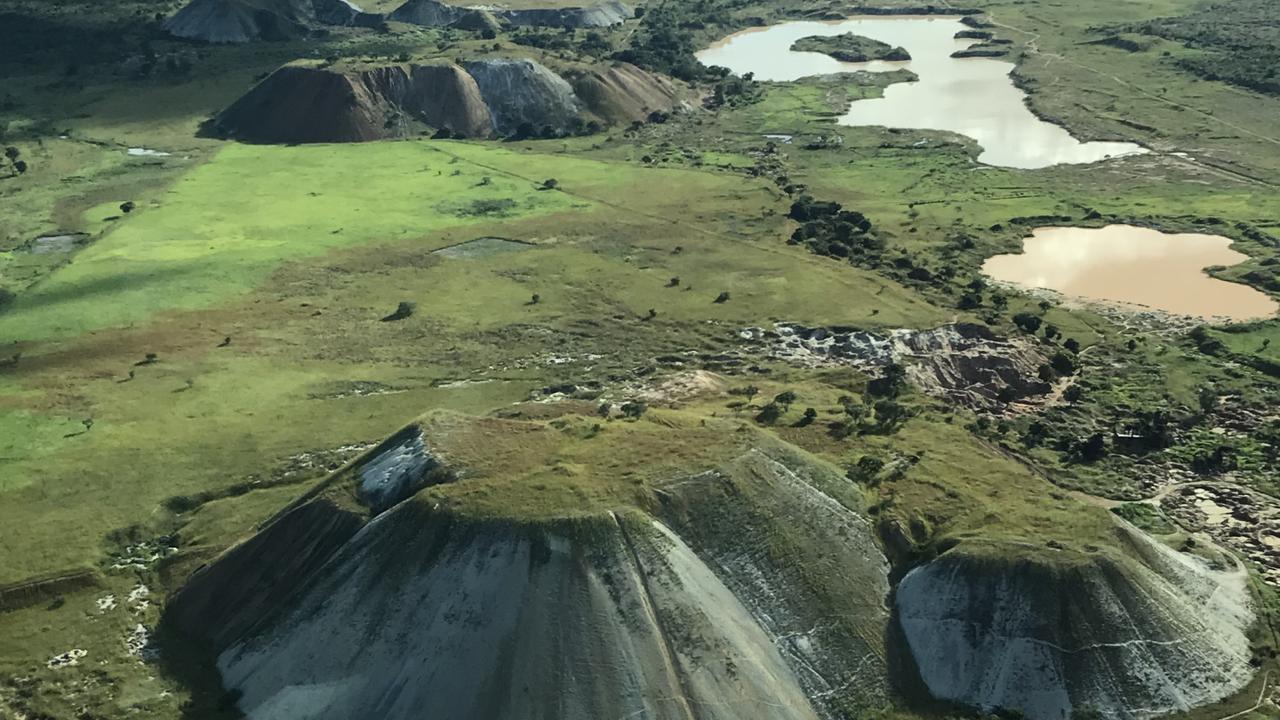Superpower Institute calls for government subsidies to attract green iron investment
An economic think tank founded by Ross Garnaut and Rod Sims is making a case for massive taxpayer support to attract green iron investment to Australia.
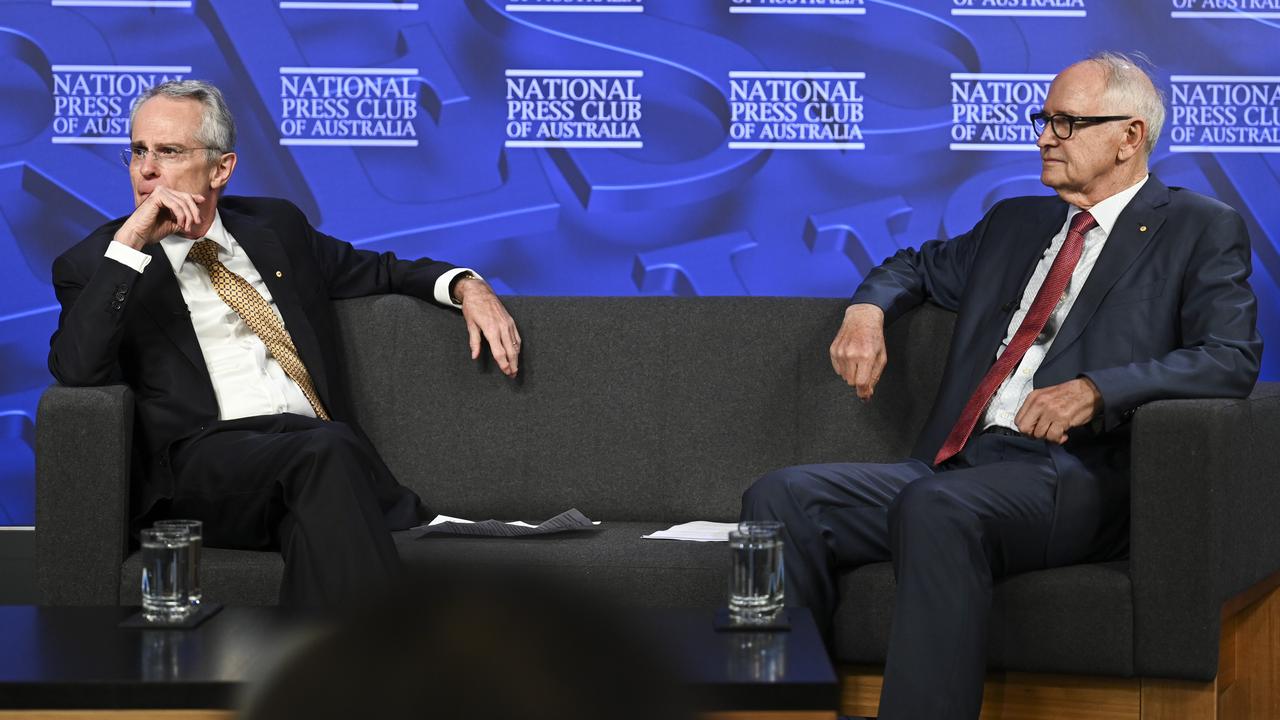
Business
Don't miss out on the headlines from Business. Followed categories will be added to My News.
The Albanese government will need to offer major subsidies to iron ore giants and global steelmakers to attract green iron investment in Australia, according to a think tank founded by Ross Garnaut and Rod Sims.
The Superpower Institute, which also includes Climate 200’s Simon Holmes à Court on its board, is pushing for production tax credits of $170 a tonne, plus grants covering 30 per cent of investment costs as well as other taxpayer support to make Australia a leader in green iron. The prize is an estimated $400bn annual export opportunity.
The push for taxpayer support sets up a re-run of the “billions for billionaires” debate sparked by Labor’s support for green hydrogen and critical minerals processing under its flagship Future Made in Australia policy.
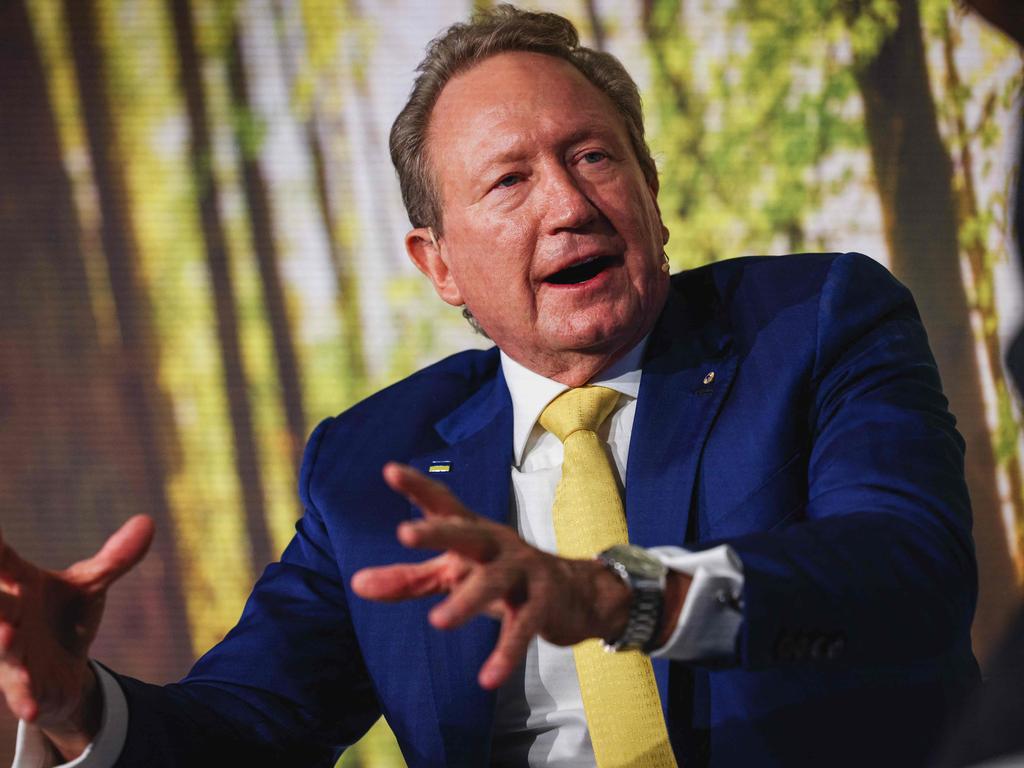
The price tag of building a green iron plant capable of producing a million tonnes a year is estimated at $7bn. If the government opted to back proponents of such a plant as recommended by the institute, they would be in line for $2.1bn towards the cost and $170m a year in tax credits.
Fortescue executive chairman Andrew Forrest last week repeated warnings that WA’s Pilbara region, where his company makes all of its money, could become a wasteland unless there was a shift to green iron.
Dr Forrest has been the most vocal supporter of the nascent green iron industry, just as he was with green hydrogen.
His claims about the Pilbara becoming a wasteland were rejected by Rio Tinto iron ore boss Simon Trott, who is considered one of the favourites to replace Jakob Stausholm as chief executive of the diversified miner. Mr Trott said mining in the Pilbara would continue for generations.
Mr Sims, a former chair of the Australian Competition and Consumer Commission, said there was a danger of the Pilbara being left behind but questioned whether the big iron ore miners were cut out to produce green iron.
“This isn’t the natural forte of an iron ore miner, it’s the natural forte of an international iron and steel company,” he said.

“It has not been done at scale, therefore it’s risky, and that’s the argument for the capital support. They’ve (BHP, Rio and Fortescue) contributed fantastically to Australia.
“But they are miners and their return on equity will go down if they get into upstream activities because their return on equity at the moment is enormous because their margins on iron ore are enormous.
“So you’re basically taking a miner and turning them into a manufacturing company. It’s not clear to me that they are the people to do this. Fantastic if they want to do it. We’re more thinking of South Korea’s POSCO and other international iron and steel companies.”
The institute has produced what is touted as the most comprehensive research into the green iron opportunity and is urging the government to act now on rolling out incentives or be left behind by other nations.
BHP, Rio and BlueScope have formed a joint venture which also involves Woodside Energy that is considering building a pilot green iron plant at Kwinana, south of Perth, capable of producing 40,000 tonnes a year.
Fortescue is aiming to complete a smaller pilot plant at its Christmas Creek mine in the Pilbara this year after shifting focus from plans to become any energy major via hydrogen production to green iron.
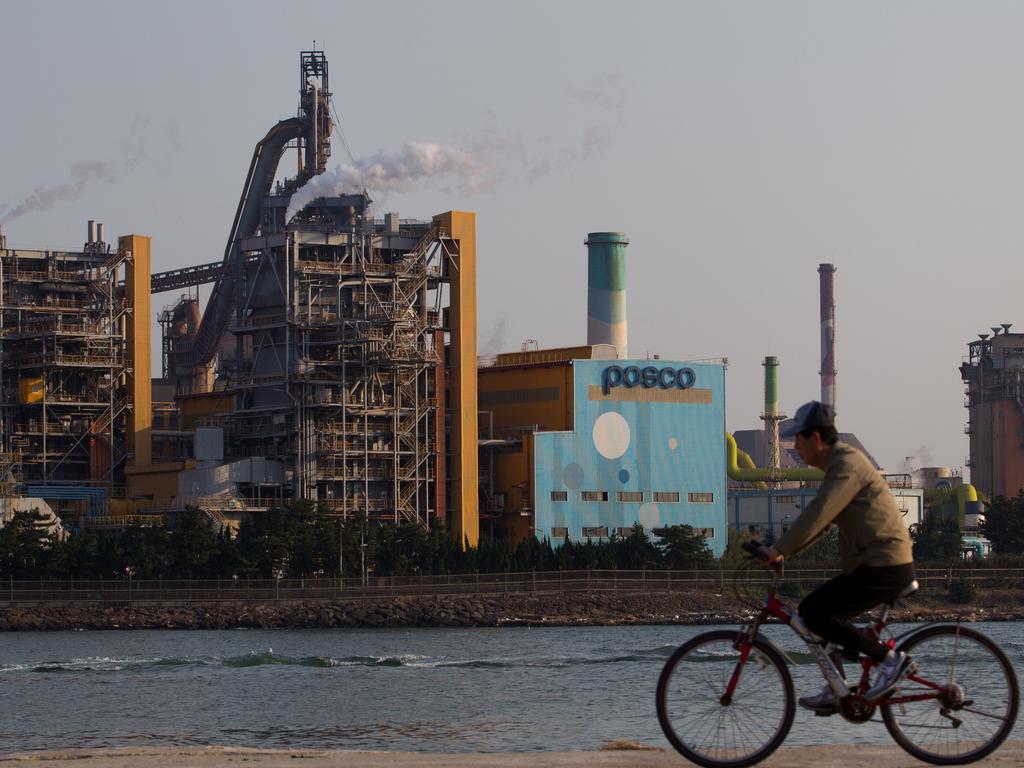
“You’ve had people talking about hydrogen as an energy source,” Mr Sims said. “Well, no, you need energy to make hydrogen, so that’s the wrong way around. They talk about exporting it. Well, it’s very expensive to do that. That’s why, where you’ve got the renewable energy is where you should be making the green iron.”
The institute’s green iron plan, due for release on Monday, includes economic modelling for production and identifies the Pilbara, Geraldton, Kwinana in WA as the best locations, along with the Eyre Peninsula in South Australia and Gladstone in Queensland.
The report suggests these locations would be able to compete with carbon-intensive iron production overseas. The Pilbara, Australia’s iron ore mining epicentre, is marked down, because it is not connected to a major grid that could supply firming power back-up for renewables-reliant production plants.
The Albanese government in its first term offered up to $2 incentive per kilogram of renewable hydrogen produced and a 10 per cent production tax credit on critical minerals produced, in moves labelled “billions for billionaires” by the opposition.
Australia’s green hydrogen industry has largely failed to fire, with 99 per cent of a $100bn supply pipeline failing to progress beyond the concept stage to date.
The vast bulk of the announced capacity of projects has not progressed beyond the concept or approval stage, with less than 30,000 tonnes a year reaching a final investment decision or starting construction, according to Rystad Energy.

Fortescue this month imposed a fresh round of job cuts in a blow to the hyped-energy source.
High production costs, infrastructure bottlenecks and soft demand from would-be international buyers have combined to hobble the large-scale investments needed to kickstart green hydrogen as a major export industry.
The government in 2024 provided a budget allocation of $6.7bn to provide the $2 per kilogram incentive and also committed $2bn for new projects under the Hydrogen Headstart program.
The Superpower Institute said that in the case of green iron, Australia must level the playing field by addressing market failures, including the lack of an international price on carbon emissions, inadequate incentives for innovation and early investment, and underinvestment in critical infrastructure.
The institute was founded in 2023 by Mr Garnaut and Mr Sims as a not-for-profit organisation dedicated to “helping Australia seize the extraordinary economic opportunities of the post-carbon world”.
The institute’s major financial backer has insisted on remaining anonymous and remains a mystery.
Mr Sims, who was chairman of the Australian Competition and Consumer Commission from 2011-2022, doubted Australia would develop a green iron industry without the billions in dollars in support outlined in the institute’s report, and that big miners and Chinese steelmakers and other overseas entities that invested here should qualify.
“If they want to get involved in green iron, they should get that support otherwise they won’t do it,” he said.
“It’s one thing to do a pilot plant, but you really need to get to 1 million tonnes per annum, or 2.5 million tonnes per annum, to have a serious effort.”
More Coverage
Originally published as Superpower Institute calls for government subsidies to attract green iron investment




